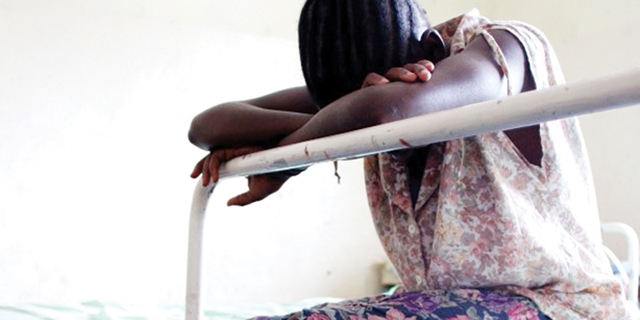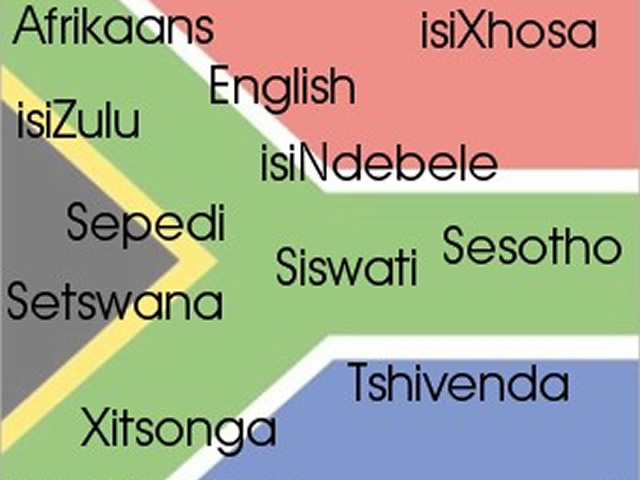Child abuse: a social menace

 Vaidah Mashangwa
Vaidah Mashangwa
ACCORDING to Section 18 of the country’s constitution, a child is every boy or girl under the age of 18 years.
Children have and are entitled to basic needs such as safety, air, food, shelter and water. A child also needs to have a warm relationship with family members and friends.
The constitution says a child has the right to equal treatment before the law, the right to family or parental care, the right to be protected from economic and sexual exploitation, maltreatment and neglect and the right to education among others.
Children rely on the adults who care for them to meet both their physical and psychological needs.
However, it is unfortunate that children are often harmed by those who they rely on for protection. More often, they are injured, used for sexual gratification and are treated in ways which have long-term emotional and psychological consequences.
The Saturday Chronicle of April 25 revealed how a minor was allegedly raped by her step-father for seven years and hired out as a prostitute by a 75-year-old woman who had adopted her after she escaped from home following her mother’s death.
When children are sexually abused or mistreated by those that are supposed to protect them, it prejudices the principles of child protection. The protection of children from violence, abuse and exploitation is essential in order to ensure children’s survival and their continued healthy development as they approach adulthood.
According to the UN Convention on the Rights of the Child and the African Charter on the Rights and Welfare of the Child, all children have a right to be protected from harm.
The victims of child sexual abuse are more likely to be females than males, the risk for girls being two to three times higher than that of boys.
Statistics show that abusers of girls are 97,5 percent males while abusers of boys are 78,7 percent.
A high percentage of child abuse cases involves close family members including parents, step-parents and siblings.
There are close links between sexual abuse of children and marital dysfunction such as parental alcoholism, step-parenting and parental criminality.
In the case of the minor who was raped by the step-father, she was bold enough to report the matter to the police but generally the prevalence of child sexual abuse is difficult to determine because it is often not reported.
Experts agree that the incidence is far greater than what is reported to relevant authorities.
Child sexual abuse includes touching and non-touching activities. Touching activities include touching a child’s genitals for pleasure, making a child touch someone else’s genitals, playing sexual games like putting objects or body parts like fingers, tongue or penis inside the vagina , in the mouth or in the anus of a child for sexual pleasure.
Non-touching activities include showing pornography to the child, deliberately exposing an adult’s genitals to a child, photographing a child in sexual poses, encouraging a child to watch sexual acts or inappropriately watching a child undress or use the bathroom.
There are warning signs that a child might be undergoing sexual abuse such as pain, discolouration, bleeding or discharges in genitals, anus or mouth, persistent or recurring pain during urination and bowel movements and wetting and soiling accidents.
It is important for parents to check for such signs when bathing the child but it is unfortunate that this duty is usually done by maids who might not even see the indications.
Some children are afraid to come forward and report abuse. There is a need to constantly remind society to break the taboo and move away from the culture of silence.
The issue of child abuse is further compounded by the fact that communities no longer consider themselves as being responsible for orphans and vulnerable children such as those living with disabilities.
Step- parents sometimes find it impossible to care for children who are not their own. On the other hand, children living with disabilities are more vulnerable to abuse and neglect than other children who are able-bodied. In fact, children living with disabilities are more than three times more likely to be victims of abuse than non-disabled children.
The other important factor to consider is that children living with disabilities are not a homogenous group. What might affect a child with a hearing impairment might be different from what might affect a child with mobility problems as a result of brain damage.
Consequently, what might affect a child with Down’s syndrome might be different from what affects a child with visual impairment. In most cases some parents divorce once they learn of the disability of the child thereby burdening one parent especially the mother in terms of the care and security of the child. However, no child should be seen as being so difficult to care for and demanding that abuse and rejection becomes an option.
It is now well established that up to half of both men and women who experience long-term sexual abuse in childhood will have chronic health problems in adulthood. Long term effects of child abuse include self-destructive behaviour, poor self-esteem, eating disorders, social problems and mental illness.
The emotional and psychological effects of sexual abuse seem to be more severe when the abuse is by the father or a close family member. It is also severe when the abuse involved genital contact and use of force.
The severity of long-term psychological effects is also related to the response received by the victim when the abuse came to light, that is, whether he or she was believed and supported. The case of the story highlighted earlier on is an example of lack of support from guardians or adults. There is need to support and protect abused children.
Vaidah Mashangwa is the Provincial Development Officer in the Ministry of Women Affairs, Gender and Community Development. She can be contacted on 0772 111 592 or e-mail [email protected].











Comments